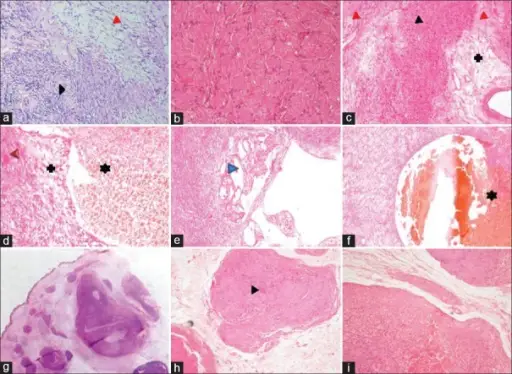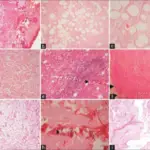Schwannomas are benign tumors of the tissue that covers the nerve cells. Also defined as the benign tumors of Schwann cell lineage. Antoni A, Antoni B, and verocay bodies.
What is the Pathology of Schwannomas?
The pathology of schwannomas is:
-Etiology: The cause of schwannomas is not fully known.
-Genes involved: SMARCB1, LZTR1 genes.
-Pathogenesis: The sequence of events that lead to schwannomas loss of function of the merlin caused by genetic alteration or its inactivation leading to growth of schwannomas.
-Morphology: The morphology associated with schwannomas shows well-circumscribed masses on the nerve.
-Histology: The histology associated with schwannomas shows the presence of Antoni A, Antoni B, and verocay bodies.
How does Schwannomas Present?
Patients with schwannomas typically both male and female present at the age range of 30-60 years. The symptoms, features, and clinical findings associated with schwannomas include difficulty in walking, loss of balance, headache, vertigo, dizziness, tinnitus, facial numbness, visual disturbances.
How is Schwannomas Diagnosed?
Schwannomas are diagnosed by CT scan, clinical examination, MRI, and biopsy.
How is Schwannomas Treated?
Schwannomas are treated by surgical resection.
What is the Prognosis of Schwannomas?
The prognosis of schwannomas is good with no occurrence after surgical resection.



